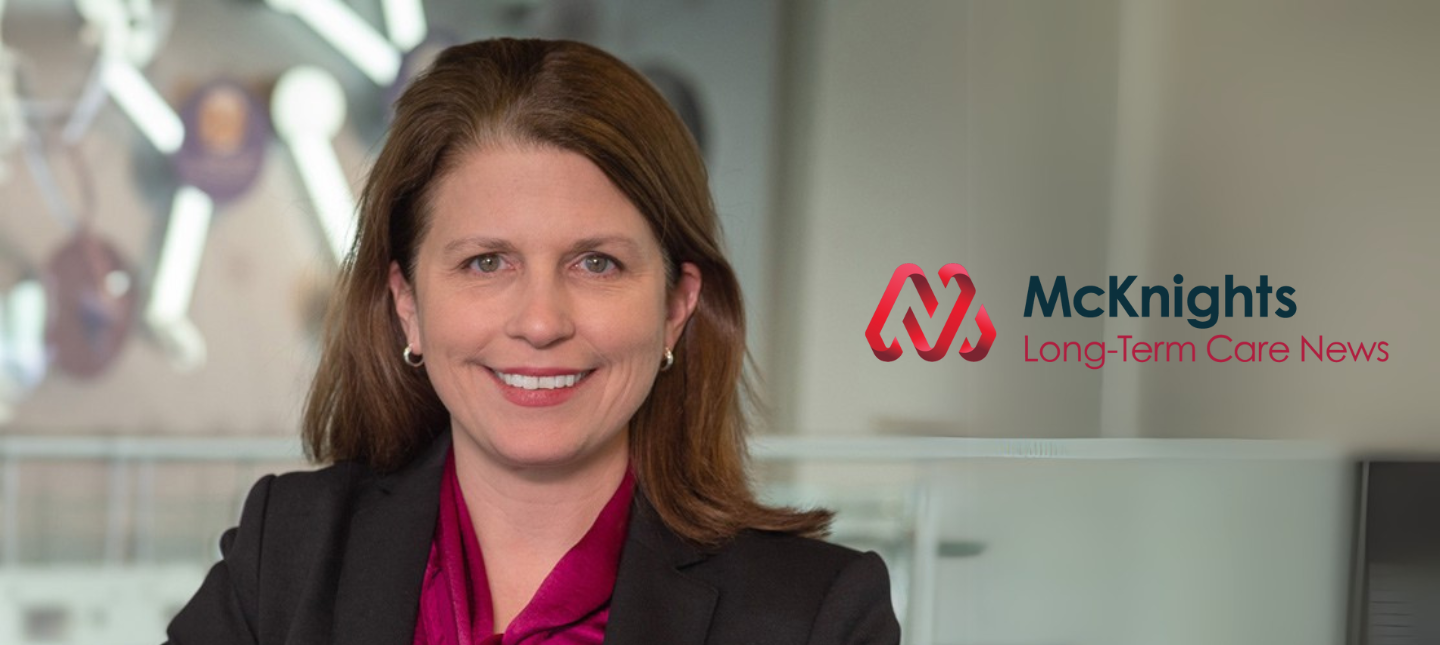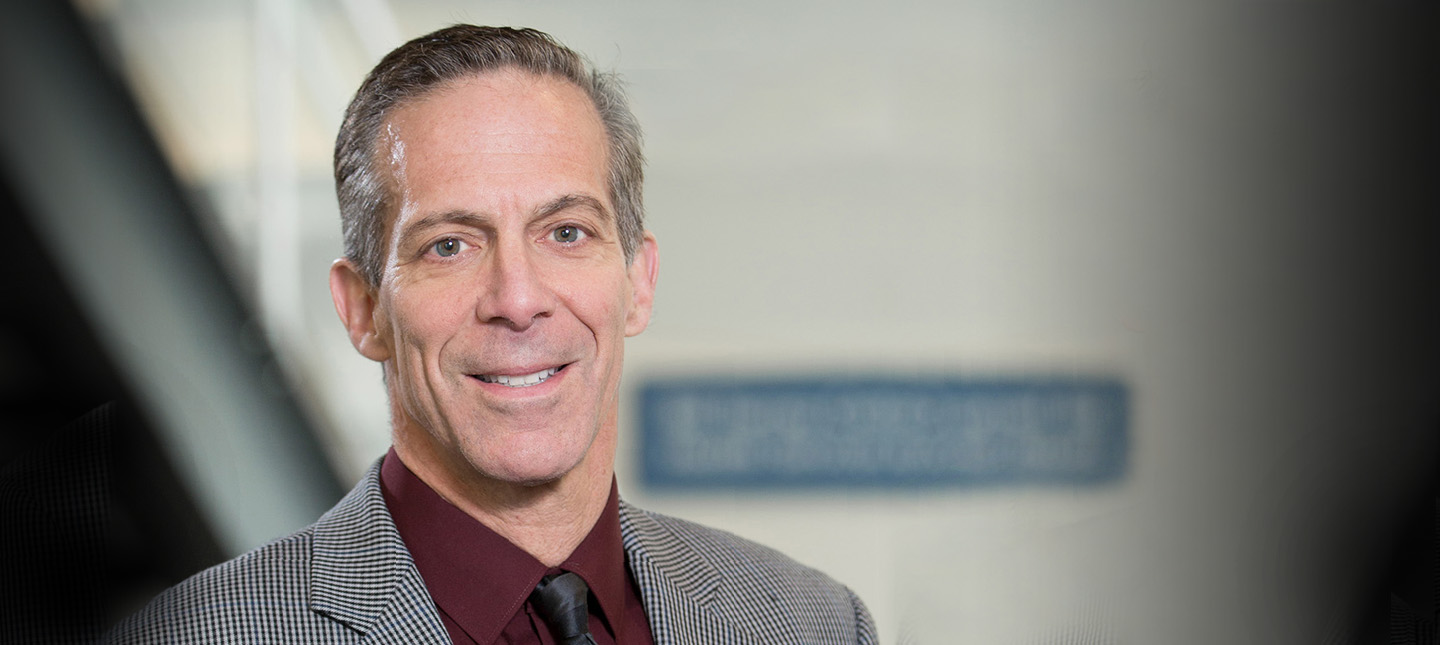February 29, 2016
Expectations for health information technology abound. A paper from the Regenstrief Institute takes a sweeping look at a variety of categories of health IT including electronic medical records; health information exchange; telemedicine; patient portals and personal health records; mobile devices, wearable sensors and monitors; and social media. The authors evaluate current use of these technologies, detail their potential and discuss barriers that must be overcome to fulfill their promise of improving health.
“The Promise of Information and Communication Technology in Healthcare: Extracting Value from the Chaos” by Regenstrief Institute investigator Burke Mamlin, M.D., and former institute president William Tierney, M.D., is published in the January 2016 issue of The American Journal of Medical Sciences.
“When it comes to predicting the future of medicine and health IT, there is no crystal ball. We need to make informed observations based on where we are now and infer the possibilities,” said Dr. Mamlin, a Regenstrief Institute investigator and IU School of Medicine associate professor of clinical medicine. “We can’t assume someone else will make the right decisions with health IT. It’s going to take everyone’s involvement, including providers and patients, to raise expectations and drive the needed changes. This isn’t a passive process.”
“Getting to a desirable future where health IT is appropriately employed to benefit human health isn’t a technical problem — the technologies already exist. It’s a health policy and a sociology problem,” said Dr. Tierney. “How do I, as a physician, maintain the same degree of connectedness with my patient when there’s a computer in the exam room or if I am seeing a patient via a video connection or answering questions via e-mail or social media? How does the healthcare system that employs me get paid for my time? The rules of engagement are changing.” Dr. Tierney currently serves as population health department chair at the Dell Medical School at the University of Texas at Austin and is a Regenstrief Institute affiliated scientist.
In addition to laying out current status, highlighting the promise and discussing how to get there for various aspects of health IT, the authors discuss security issues and policy implications. “There is no health care without management, and there is no management without information,” they write.
“Too often, health IT designed to emulate paper processes becomes a distraction to care. The promise of health IT is for it to become a valuable part of the healthcare team, a participant in the conversation and not simply a passive tool,” Dr. Mamlin said. “And we as physicians must understand its potential and become active participants in its development or the potential.”
More than three-quarters of U.S. hospitals and half of outpatient practices have installed electronic health record systems. “We have come a long way in health IT and communication over the past 15 years and should acknowledge that progress,” said Dr. Tierney. “It is propelling us to the future.”
As healthcare IT becomes more pervasive, and as technology (Internet access and smart phones, at the very least) becomes part of everyday life for a growing percentage of physicians and patients, both stakeholders are becoming more comfortable with the greater amounts of data available and more demanding of its use in support of health according to Drs. Mamlin and Tierney.
Now is the time for action, they say, for a rational and well-funded national agenda for healthcare IT spearheaded by the federal government. They conclude “only then can health care, an information business, maximize the benefits realizable by leveraging existing and rapidly developing information and communication technology. Only then can we extract value from the chaos.”










